Adventurer Christian Clot Traverses 4 Extreme Environments to Study Human Adaptability
Explorer and researcher Christian Clot succeeded in multiple solo traverses of extreme environments on his expedition – Adaptation 4×30.
Christian Clot traversed the four most extreme environments on earth by foot and by raft to study the adaptability of human beings. He first crossed Iran’s Dasht-E Lut desert, the hottest and driest land on Earth in 2016, and then from December 2016-January 2017 he traveled 113 miles through the Amazon (using our packrafts!), the hottest and most humid climate on earth. And in 2017, he finished up by walking 113 miles through the coldest and driest terrain on earth—Siberia’s Verkhoyansk Mounts. He endured temperatures down to -58 °C (-72 °F) with wind chills exceeding -70 °C (-94 °F). The photos in this essay are from his adventure in the Amazon.
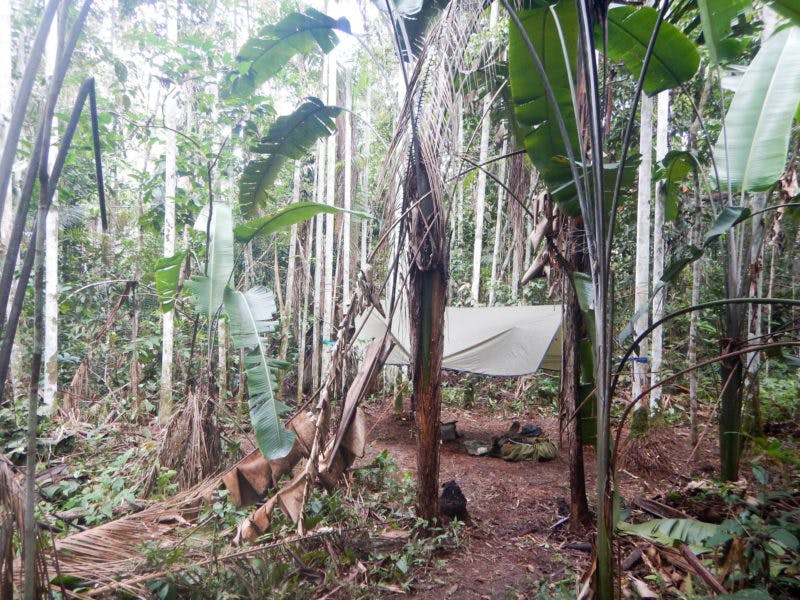
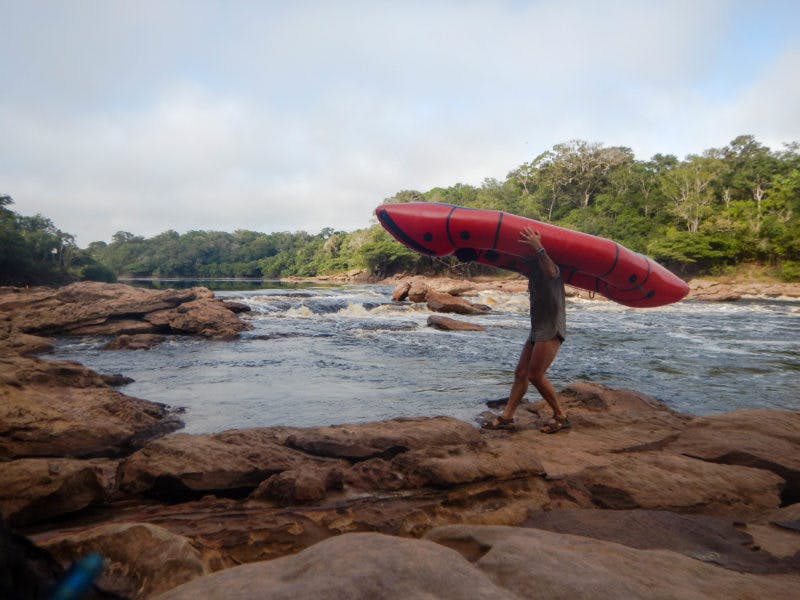

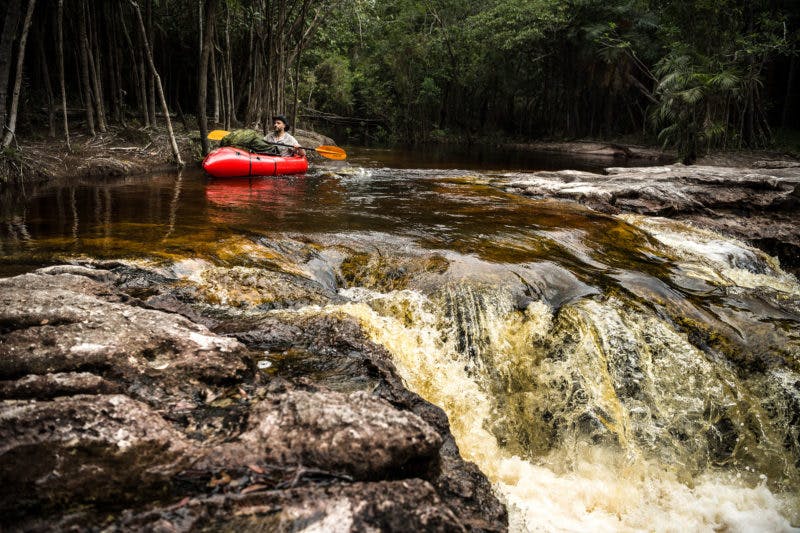
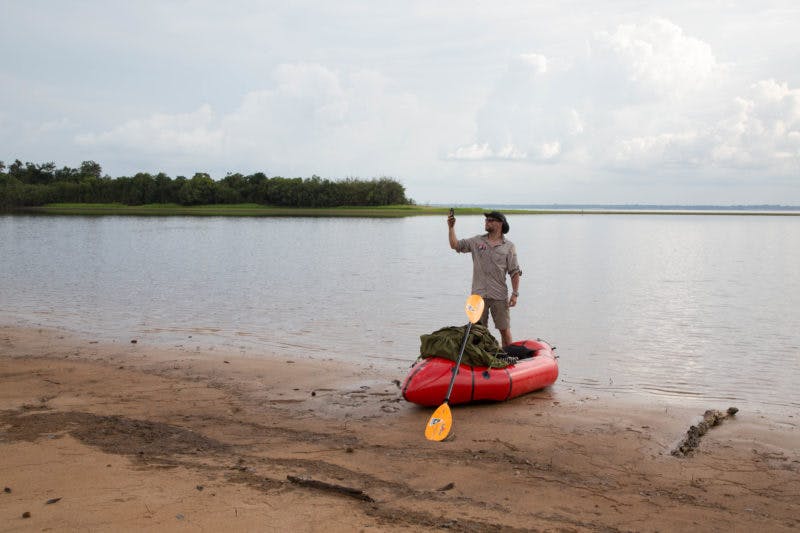

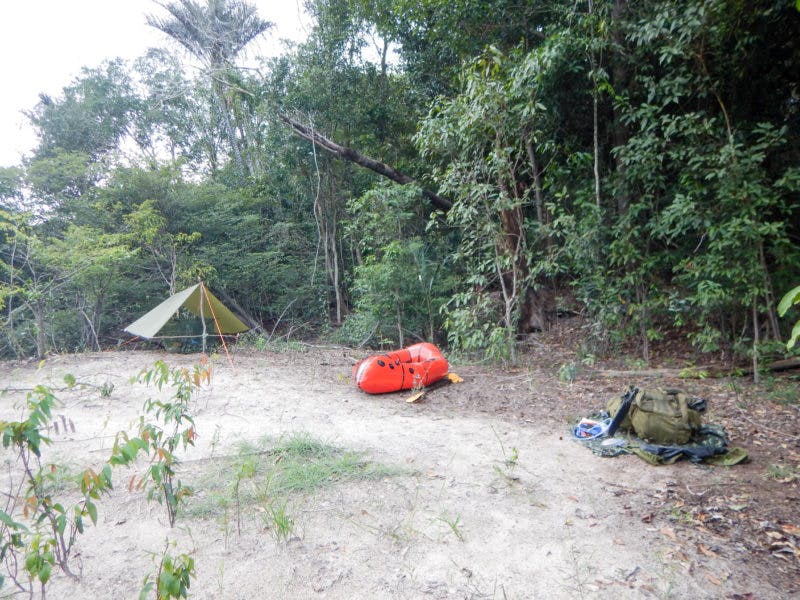
Story & photos by Christian Clot